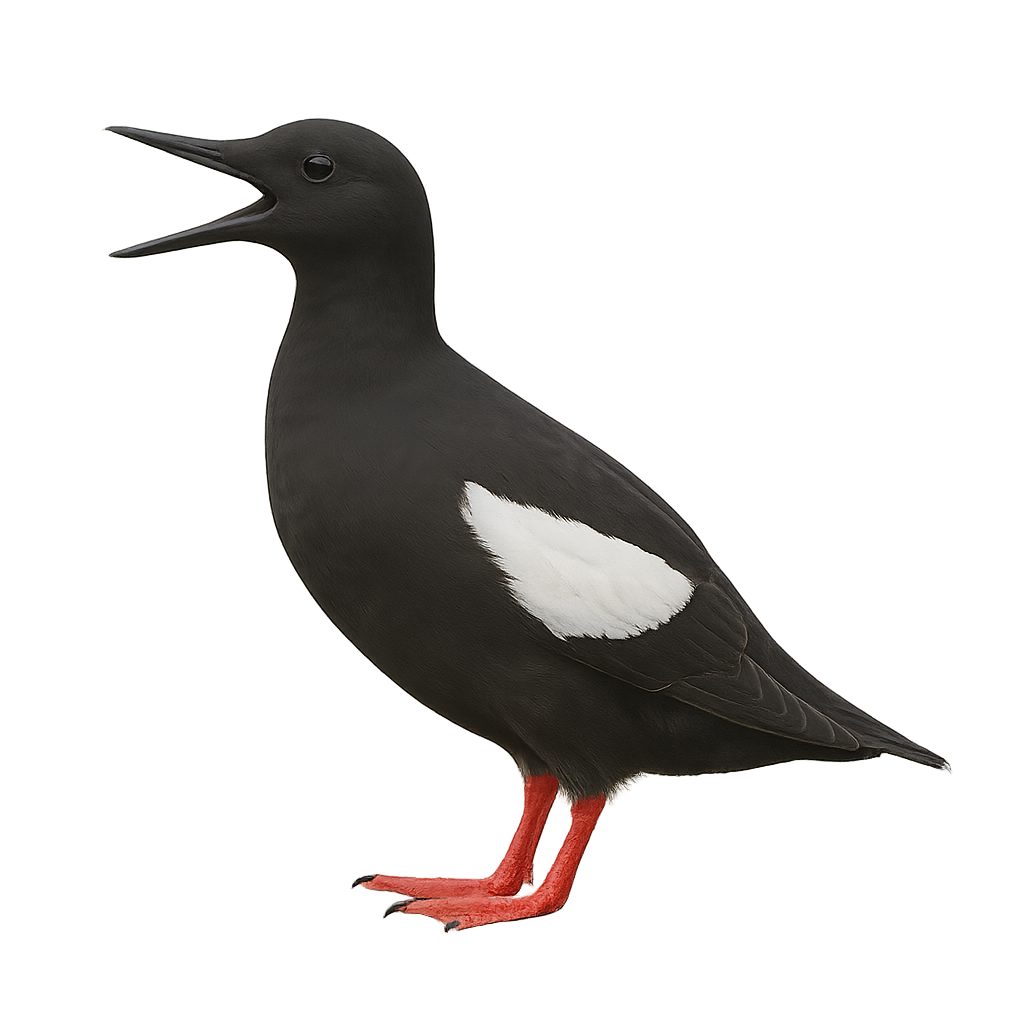Observe and photograph a species in its natural habitat
Learn where and when to observe a species in the wild, how to recognize it in the field, and what habitats it lives in. Get photography tips adapted to its behavior and capture stunning images without disturbing the animal. For full details, open the complete profile in the WildlifePhotographer app.
Black Guillemot
Scientific name: Cepphus grylle

IUCN Status: Least Concern
Family: ALCIDAE
Group: Birds
Shyness: Shy
Safe distance: 20 m
Breeding season / Courtship: 01.05-15.06
Gestation: 28 à 32 jours
Births: 01.06-15.07
Habitat:
Rocky coasts, cliffs, islands of the North Atlantic and Arctic
Description:
The Black Guillemot is a medium-sized seabird, measuring between 32 and 38 cm in length with a wingspan of 49 to 58 cm. In breeding plumage, it has a black body with a large white wing patch, bright red feet, and a red interior to its bill. In winter, its plumage becomes paler, with a light grey back and head and white underparts. It inhabits rocky coasts of the North Atlantic and Arctic, nesting in crevices of cliffs or under rocks. Its diet mainly consists of fish, crustaceans, and mollusks, which it captures by diving up to 50 meters deep. Although listed as Least Concern by the IUCN, it is sensitive to marine pollution and predation by introduced species.
Recommended lens:
300–500 mm
Photography tips:
Use a telephoto lens to capture the black guillemot diving or feeding near rocky shores. Opt for early morning or late afternoon light to highlight the contrasts in its plumage. Remain discreet to avoid disturbing its natural behavior.
Ready to take action?
Choose your platform and start your free trial today



